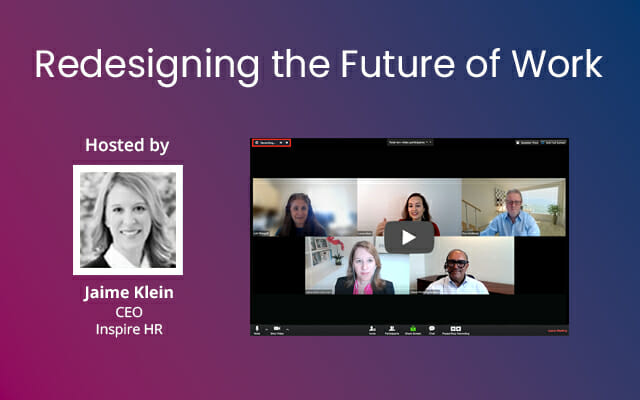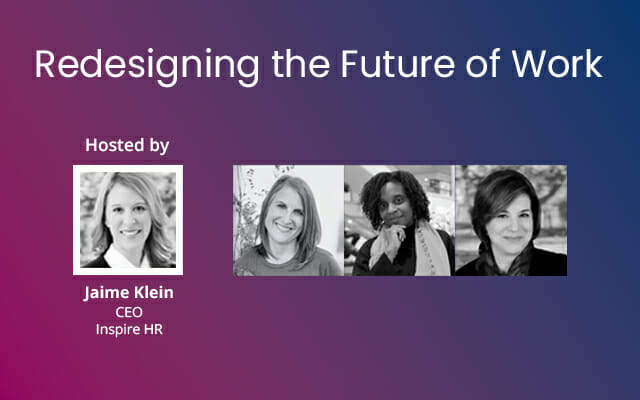
Building the Business Case for Diversity
SEP 25, 2018
Building the Business Case for Diversity
We all have those relationships that feel as comfortable and familiar as an old pair of jeans. People who can read our minds, finish our sentences, and make the same decisions as us in any given situation. Awesome, right? Actually, not always. There is increasing data on the measurable, tangible value of diversity in the workplace, and the need to get out of comfort zones to really capture the benefits.
Our clients who are getting real value out of diversity are focusing on the business case before they spring into action. While fast action is often rewarded, acting without thinking could be one of the greatest hidden barriers we face on the road to diversity and inclusion.
Here are 3 tips that helped our clients:
1. Be honest about the business case for diversity.
The business case has been made many times and in many ways. Here are just a few of many examples:
- According to a recent Fortune article, “Companies in the top quartile for racial and ethnic diversity are 35% more likely to have financial returns above their respective national industry medians.”
- Other studies show how diverse teams lead to better decision making. More specifically, “teams that included members with different genders and at least one age gap of more than 20 years, were the most successful.” In fact, diverse teams made better business decisions compared to individual decision makers 87% of the time.
- A recent Harvard study shows superior decision making among teams that are cognitively diverse, by measuring differences in “knowledge processing” and “perspective”.
While the business case appears to be overwhelming, studies have unearthed a disappointing reality, revealing the disturbing impact of unconscious bias that overlooks qualified talent:
- People with foreign sounding names were 28% less likely to get invited to an interview than those with English sounding names, even when qualifications were the same or better.
- The call back rate was higher for candidates sending resumes from addresses considered more white, affluent or educated.
What’s most noteworthy here is not the strong business case, or that institutional bias still exists. What’s most important, and what I focus my clients on, is navigating around this troubling reality.
2. Explore the uncomfortable difference between the business case and the reality.
Companies that are really ready to make progress on diversity will focus first on the disconnect between the business case and reality. To actually BE diverse and not just SAY we are diverse, we have to tackle the innate part of human nature that finds “safety in sameness”.
The Harvard Implicit Association Test (IAT) measures attitudes and beliefs that people may be unwilling or unable to report. “The test showed that increased amygdala activity occurs when the brain responds to perceived threats and creates bias as a survival mechanism. Your brain will automatically create biased shortcuts when you encounter experiences or information that is different than your preconceptions.”
Let’s sit with that for a moment. We are asking our employees to go against their reflexes – automatic messages being sent from their brains to ensure survival – and we are surprised when they don’t just do it. If this is making you uncomfortable, then we just might be ready to make progress.
3. Pursue a diversity strategy that is honest and deliberate.
If we are going to ask employees to act in ways that are counter to their survival instincts, we need to help them truly understand and accept the benefits of diversity. It is not enough to just tell them the value, we may need to step them through it and let them experience the benefits to make it real. According to the Harvard Business Review, diverse teams are less comfortable – and that’s why they perform better.
True culture change requires a multi-pronged approach. To get started, I recommend organizations consider 4 key steps:
- Start with high-impact training. Invest in a diversity training program that is highly collaborative and with a heavy emphasis on unconscious bias.
- Establish strong employee resource groups. One of the possible risks of diversity training, if done poorly, is highlighting differences more than encouraging collaboration. Employee resource groups are a highly effective way to ensure marginalized groups have a community and a voice in the organization.
- Create experiences. Create opportunities that offer first-hand experience working on diverse teams through small, internal projects as “practice”.
- Make the most of differences. Make the most of diverse teamwork by explicitly calling out the diverse nature of the group and encouraging the team to deliberately consider different perspectives as they work.
I plan on dedicating future blogs to some tactical improvements that companies can make across the entire employee lifecycle. But, before we jump into action for action’s sake, I think we first need to sit back, relax and get uncomfortable.
To learn more about how Inspire works with clients to create honest and supportive cultures, contact me at jaime@inspirehumanresources.com or (917) 612-8571.







